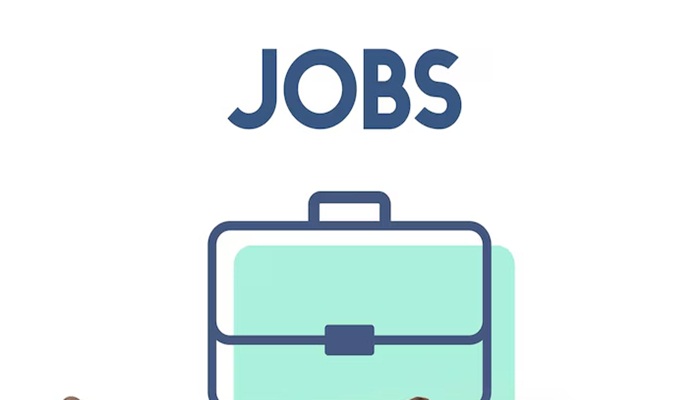In the increasingly competitive landscape of talent acquisition, relying solely on intuition is no longer a viable strategy. Organizations are turning to data-driven approaches, leveraging platforms like LinkedIn Insights to make smarter, more informed hiring decisions. This shift towards analytics is fundamentally changing how companies predict demand, adjust hiring strategies, and ultimately build high-performing teams.
One of the most significant advantages of using talent analytics is the ability to anticipate future workforce needs. By analyzing hiring trends and industry data, companies can identify emerging skills and talent gaps, allowing them to proactively adjust their recruitment strategies. This predictive approach is essential for organizations operating in dynamic industries where demand can fluctuate rapidly.
LinkedIn’s Talent Insights, for example, provides access to real-time data on skills demand, talent availability, and competitor hiring activity. This information empowers recruiters to make strategic decisions about where to focus their sourcing efforts and how to tailor their outreach. For companies like GlobalLogic, this data has been crucial in staying ahead of the curve in the rapidly evolving technology sector. They leveraged LinkedIn insights to understand evolving skill demands and adapt their recruitment strategies accordingly.
Optimizing Hiring Outcomes: Better Matches, Higher Retention
Beyond predicting demand, data-driven hiring leads to tangible improvements in hiring outcomes. By analyzing candidate profiles, engagement patterns, and skills data, recruiters can identify individuals who are not only qualified for the role but also likely to thrive in the company culture. This results in better job matches, higher retention rates, and reduced hiring costs.
Samunnati, a financial services company, utilized LinkedIn’s talent solutions to build a strong talent pipeline and identify candidates with the specific skills required for their specialized roles. This data-driven approach helped them to expand their reach and find qualified individuals in a competitive market.
Similarly, HighRadius, a fintech SaaS company, has demonstrated the value of data-driven hiring. By leveraging LinkedIn’s insights, they have been able to refine their talent acquisition strategies and build a high-performing team. Cengage also uses LinkedIn to attract and hire talent.
chnology company, successfully adopted this strategy by integrating LinkedIn’s analytics into their hiring process. With a better understanding of hiring trends and skill demands, they optimized their recruitment approach, resulting in reduced hiring costs and a more agile workforce.
The Future of Recruitment Is Data-Driven: What Are You Waiting For?
As AI and data analytics continue to evolve, their role in recruitment will only become more integral. Future advancements may include predictive analytics to assess candidate success, AI-powered assessments to evaluate soft skills, and deeper personalization in candidate engagement.
By leveraging platforms like LinkedIn Insights, companies can move beyond intuition and make informed decisions that drive better business outcomes. This involves building a strategic talent ecosystem that anticipates future needs, optimizes hiring processes, and cultivates a workforce primed for success.
The key to successful implementation is to integrate data analytics into a holistic recruitment strategy that balances technology with human interaction. This enables companies to create a competitive advantage, and to build a workforce that will drive the companies future.
LinkedIn’s commitment to a skills-first hiring philosophy ensures that both recruiters and job seekers benefit from a more transparent, efficient, and equitable hiring process. Organizations that embrace data-backed hiring will not only secure top talent but also build resilient teams capable of thriving in an ever-changing business environment.
Recruiters and hiring managers should explore LinkedIn’s AI-driven talent solutions to enhance their hiring strategies. By integrating workforce insights, skills verification, and AI-powered tools, companies can make informed hiring decisions that drive long-term business success.
The future of recruitment isn’t just about hiring faster—it’s about hiring smarter.






















